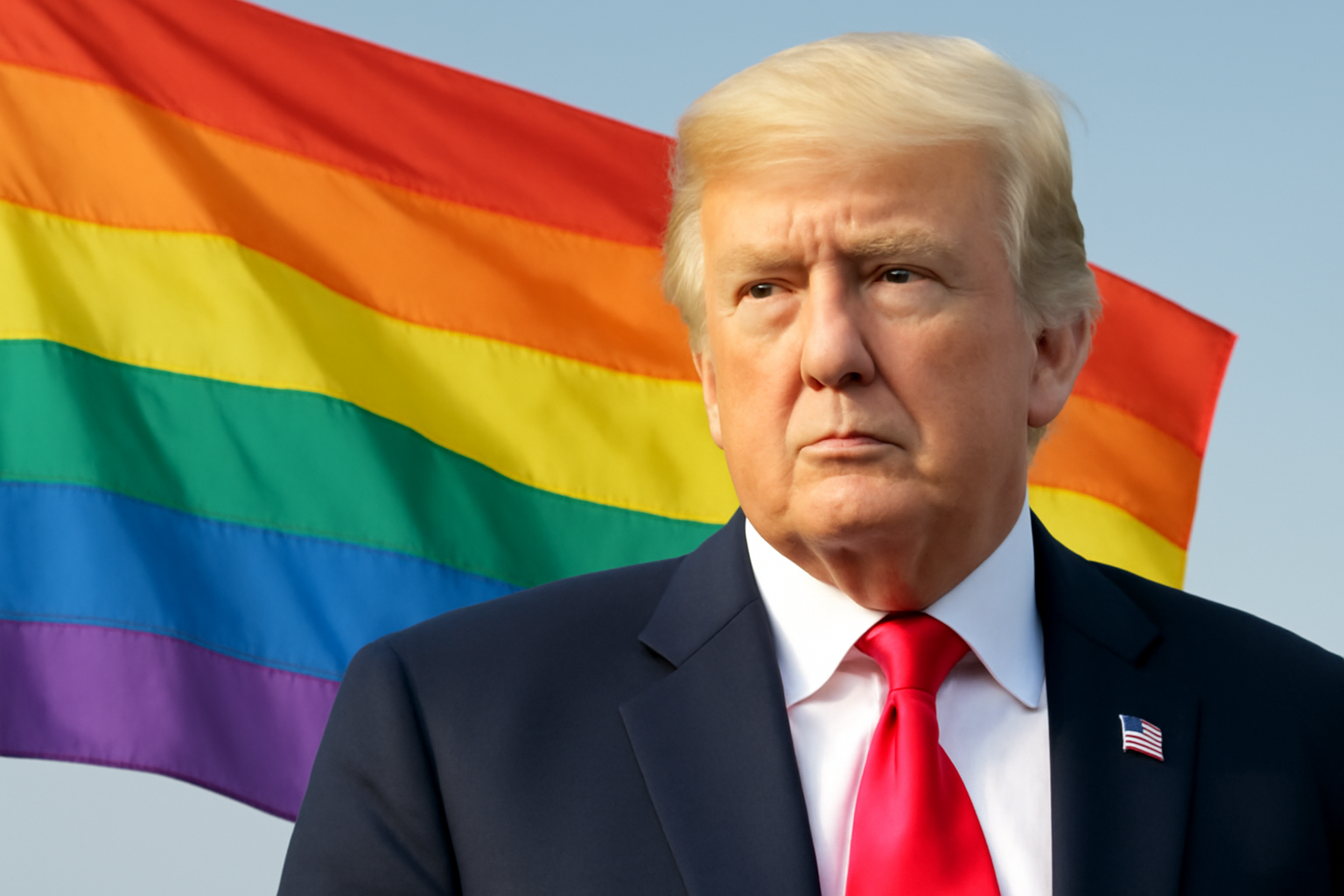
The ongoing debate over the presence of transgender individuals in the United States military took another turn as the Trump administration admitted in court that it lacks comprehensive data on how many service members identify as transgender. This revelation came during a legal proceeding challenging the administration's controversial policy aimed at banning transgender people from serving openly in the military.
Background of the Controversy
In 2017, the Trump administration announced its intention to implement a policy that would effectively ban transgender individuals from serving in the military. This announcement was met with widespread criticism and led to a series of legal battles. Critics of the policy argue that it discriminates against transgender individuals and undermines military readiness by excluding capable and willing service members.
The policy sparked a heated debate about the role of transgender individuals in the military and whether such a ban is justified. Proponents of the ban argue that allowing transgender individuals to serve openly could impact military cohesion and readiness, though these claims are often contested by experts and those within the military itself. The policy was set to take effect in 2019, but legal challenges have delayed its full implementation.
Recent Court Revelations
During a recent court hearing, the administration conceded that it does not have an accurate count of how many transgender individuals are currently serving in the military. This lack of data has raised questions about the rationale behind the ban and whether the administration conducted a thorough analysis before proposing such a significant policy change.
The absence of precise data undermines one of the arguments put forward by the administration, which purports that the presence of transgender troops could disrupt military operations. Without concrete numbers or evidence to support this claim, opponents argue that the policy is based on assumptions rather than facts.
Impact on Transgender Service Members
For transgender individuals currently serving in the military, the ban and the uncertainty surrounding it have created a challenging environment. Many transgender service members have expressed concern about their future in the military and the impact that the ban could have on their careers and livelihoods.
Organizations supporting LGBTQ+ rights have been vocal in their opposition to the ban, emphasizing the contributions of transgender individuals to the military. They argue that the policy not only discriminates but also deprives the military of talented individuals who are eager to serve their country.
Transgender service members and their allies continue to advocate for the right to serve openly. They highlight the importance of diversity and inclusion in the military and stress that all capable individuals should have the opportunity to serve, regardless of gender identity.
The Legal Battle Continues
The legal challenges against the transgender military ban are ongoing. Several courts have issued rulings blocking the ban, but the legal process is far from over. Advocates for transgender rights remain hopeful that the courts will ultimately rule against the ban and protect the rights of transgender individuals to serve openly.
The case has also drawn attention to broader issues of discrimination and equality within the military. It has prompted discussions about the importance of data and evidence-based policymaking, especially when it comes to policies that affect the lives of service members.
As the legal battles continue, it remains to be seen how this issue will be resolved and what the ultimate impact will be on transgender individuals in the military. For now, the future of the ban and the rights of transgender service members hang in the balance.
The controversy over the transgender military ban serves as a reminder of the ongoing struggle for LGBTQ+ equality and the need for continued advocacy and vigilance in defending the rights of all individuals, regardless of their gender identity.
In the coming months, the courts will play a critical role in determining the fate of the ban and setting a precedent for how issues of gender identity are addressed within the military and beyond.
Related Posts
Triumphant Trans Woman Wins Legal Battle and Inspires Others to Stand Up for Their Rights
Breaking new ground: a landmark victory in transgender rights After battling in courtrooms and enduring endless challenges, Diana Portillo, a transgender woman, has secured a monumental victory in her decade-long fight against workplace discrimination. The result? Nearly $1 million awarded in a historic settlement. But this isn't just a win on paper—it represents a powerful precedent in combati [...]
Pride Month in Latin America: Protests and Demands for Equality
**Celebrating Pride and advocating LGBTQ+ rights in Latin America** Pride Month in Latin America was a lively mix where celebration met activism. Communities united, not just throwing a party but making a stand—demanding equality and pushing governments toward better protection and rights recognition. Throughout Latin America, pride events erupted in marches and cultural displays, each with a c [...]
Transgender Erasure Actions Implemented by National Park Service
```html Trump administration's impact on national park service and transgender recognition The Trump administration made notable moves in undermining transgender representation, which included directing agencies like National Park Service not include "T" and "Q" when they refered “LGBTQ” in any official communication. This move seems part a broader plan by this administration aimed at reducin [...]